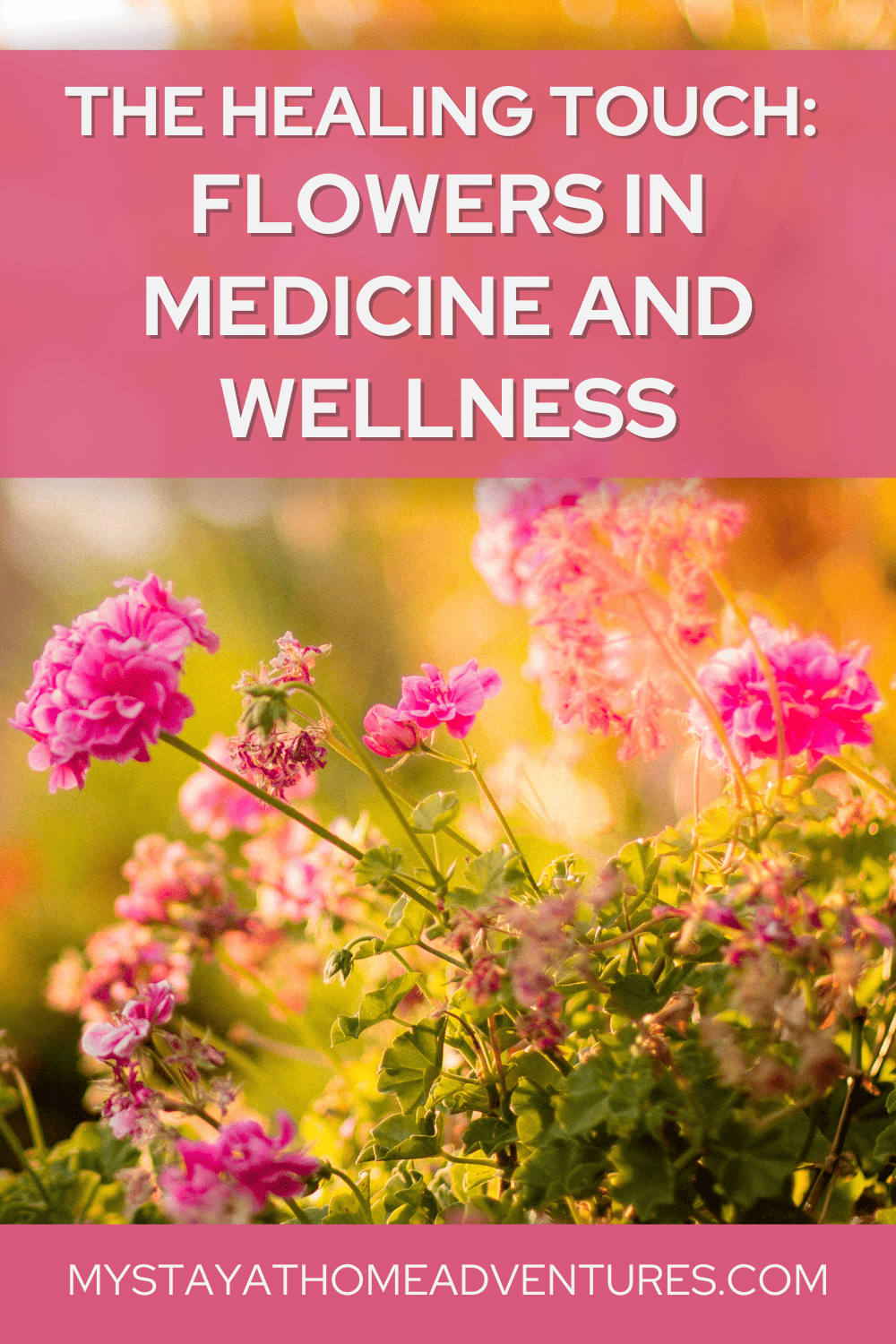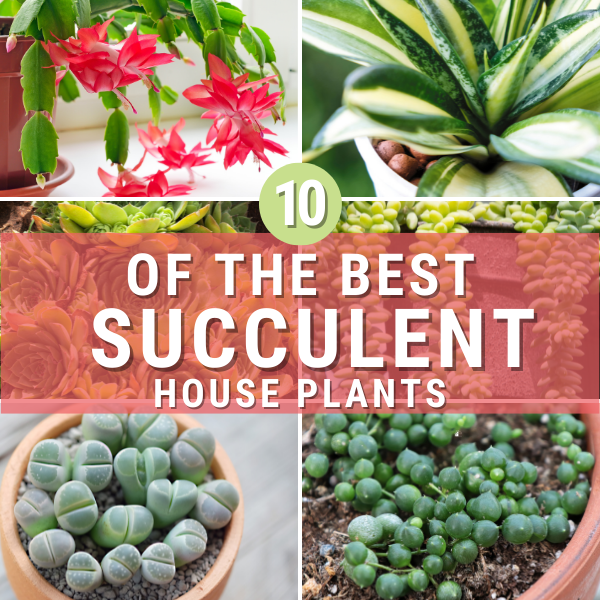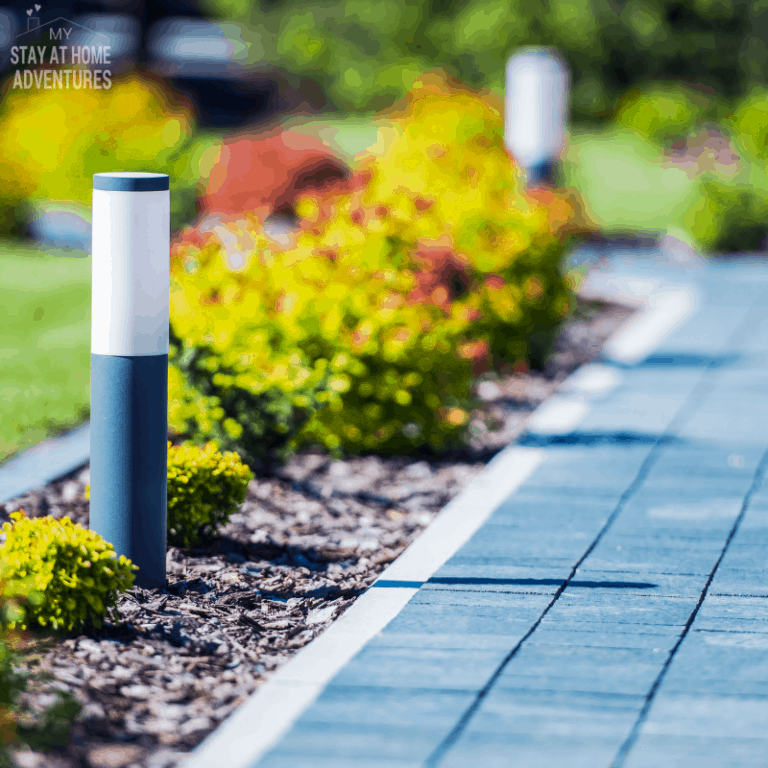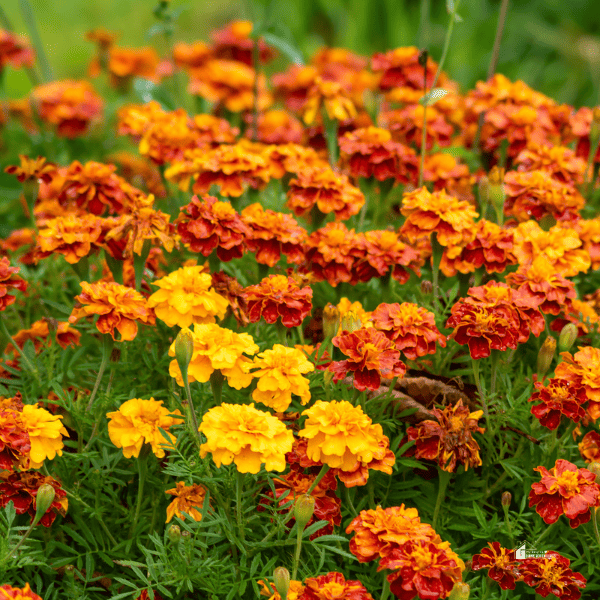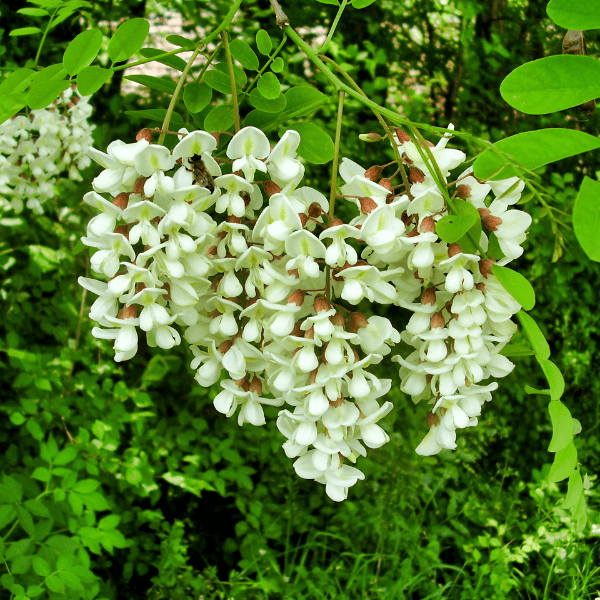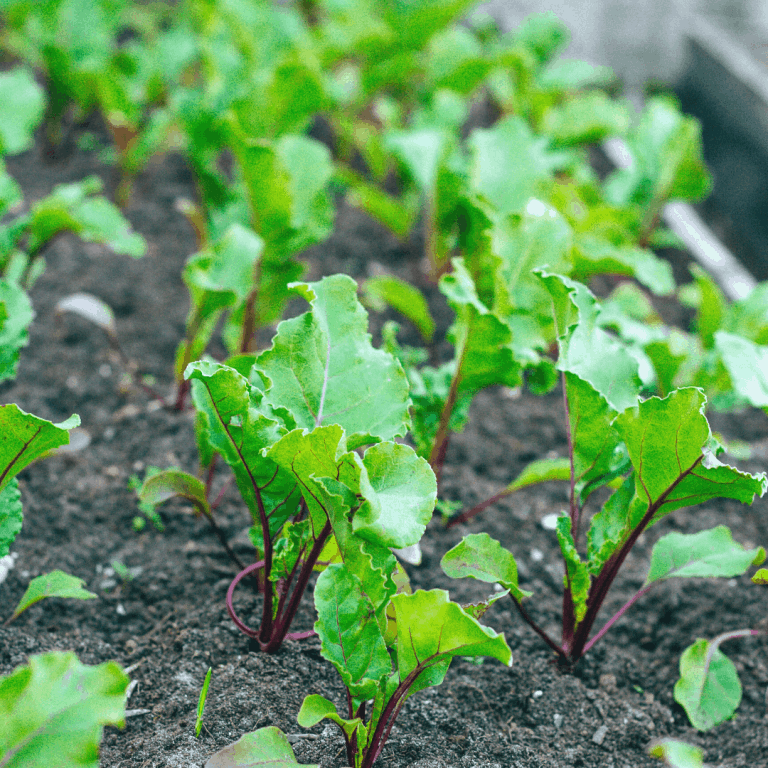The Healing Touch: Flowers in Medicine and Wellness
This post may contain affiliate links which might earn us money. Please read my Disclosure and Privacy policies hereIn the beautiful tapestry of nature, flowers hold a special place. Their vibrant colors and enchanting scents have been captivating humans for centuries. But their appeal goes beyond mere aesthetics. Welcome to our latest post, “The Healing Touch: Flowers in Medicine and Wellness.”
Here, we delve into the fascinating world of flowers as potent sources of healing and wellness. From calming chamomile to pain-relieving poppy, we'll explore how these natural wonders have been used in traditional medicine and the emerging scientific evidence that underscores their therapeutic potential.
There is an old saying that nature holds the cure to everything; one must look in the right places. Flowers, ordered via flower delivery in Montreal, with their vibrant hues, soothing fragrances, and intricate patterns, have not just been celebrated for their aesthetic beauty but also for their healing properties.
From ancient remedies to modern pharmaceuticals, the floral world has bestowed the therapeutic potential that stands the test of time upon humanity.
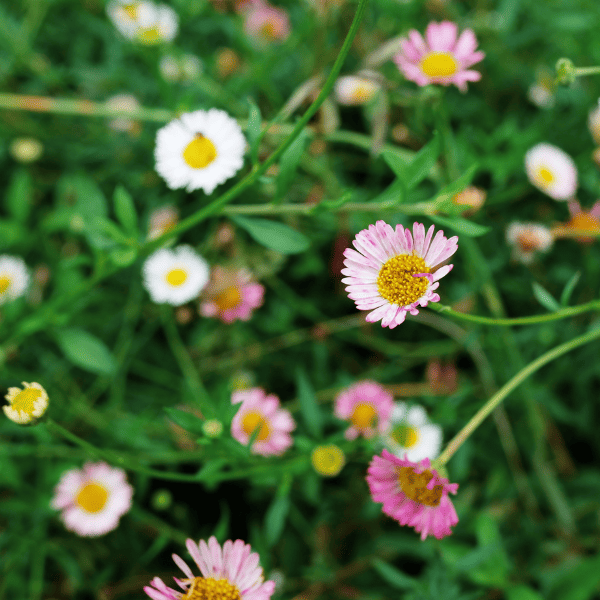
Ancient Floral Remedies – Nature’s Pharmacy
Delving into the annals of history, flowers have played an essential role in traditional healing practices across civilizations. The ancient Egyptians, known for their pioneering work in various fields, used flowers like the blue lotus in their rituals and medicines, believed to benefit both the mind and the body.
In India, the sacred lotus has been an integral part of Ayurvedic medicine for its calming and rejuvenating properties.
Meanwhile, in ancient China, chrysanthemums were revered, not just as symbols of longevity and vitality, but also as crucial ingredients in remedies for ailments like fever and inflammation. The Aztecs, too, turned to flowers like Tagetes Lucida for ritualistic purposes and to treat common illnesses.
Even in ancient Greece, flowers such as the marigold were applied as salves for injuries, while their extract was consumed as a remedy for various internal conditions. These practices weren't just isolated to one region or civilization; every culture had its own floral pharmacopeia, each flower handpicked due to its unique healing attributes.
Their knowledge was passed down through generations, highlighting the deep-rooted trust in floral remedies.
Modern Medicine – Flowers in Pharmaceutical Research
Fast forward to today, and the world of pharmaceutical research is still looking towards flowers, albeit with a more scientific and analytical approach. One famous example is the Pacific Yew tree's bark, which, upon research, yielded Taxol, a life-saving drug for breast cancer patients.
Even though it’s derived from a tree and not a flower, it underscores the broader point of nature's curative treasures. Similarly, the beautiful Foxglove plant, with its bell-shaped flowers, led to the discovery of the heart medicine digitalis.
Or consider the Madagascar Periwinkle, once used by indigenous tribes as a traditional remedy, which now offers alkaloids used to treat leukemia and Hodgkin's disease. Today's scientists, armed with more advanced techniques, are revisiting traditional remedies to discover new drugs.
Modern research is continually unearthing such connections, trying to decode the vast pharmacological potential hidden within the delicate petals and stems of flowers. With advanced tools and methods, researchers can now delve deeper into the molecular structures of these plants, potentially leading to breakthroughs in various medical fields and forging a bridge between traditional practices and modern science.
Flowers in Mental Wellness – Beyond Aesthetics
Beyond the tangible, physiological benefits of flowers, there is an undeniable psychological impact that they bring. Their sheer presence, with their vibrant colors and soothing fragrances, has been shown to reduce stress, elevate mood, and improve overall well-being.
Studies have linked the mere act of gifting flowers to increased feelings of happiness and social bonding. This is not just a modern-day sentiment; ancient healing gardens were created with flowers as the centerpiece to offer solace and spiritual rejuvenation.
These gardens were not just for the eyes; their fragrances wafted through the air, providing a multi-sensory therapeutic experience. In today's high-paced world, the term “eco-therapy” is gaining traction, with therapists often recommending spending time in nature, and
particularly amongst flowers, to combat anxiety, depression, and other mental ailments. Studies have even shown that patients in hospitals who have a view of flowers or are given bouquets tend to recover faster than those who don't.
This is a testament to the soft yet significant touch that flowers have on our psyche. Moreover, the art of arranging flowers, or Ikebana as it's known in Japan, is a form of therapy in itself.
The process of arranging, the delicate touch, and the immersion in the beauty of nature can be a profound meditation, grounding individuals and helping them find balance, weaving a thread of tranquility through their hectic lives.
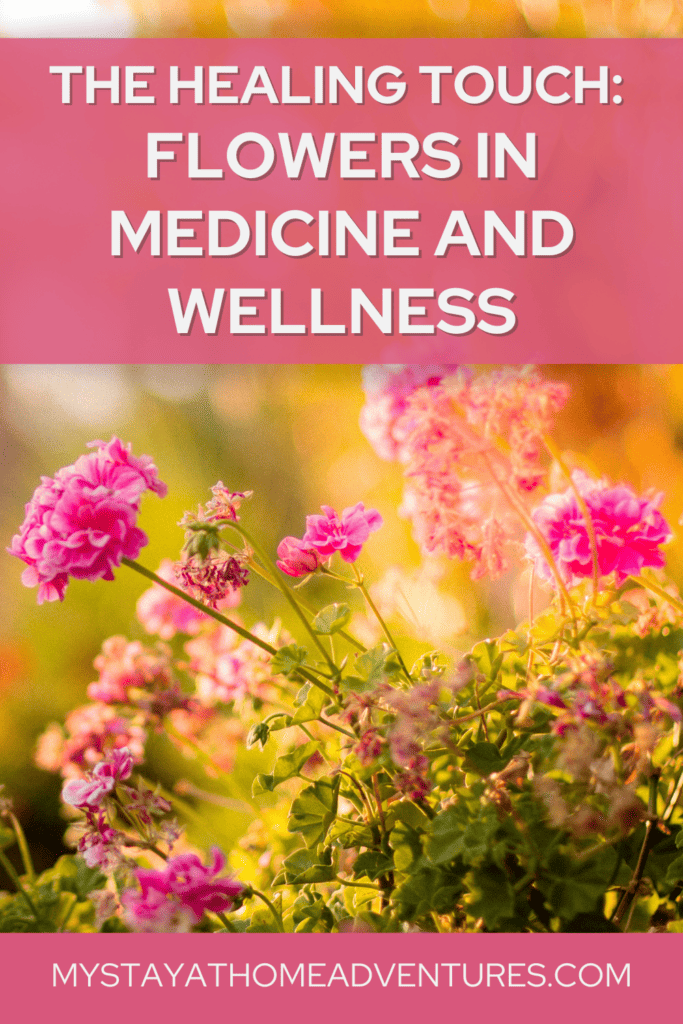
From the papyrus scrolls of ancient Egypt detailing herbal remedies to cutting-edge labs in today's pharmaceutical industry, flowers have remained constant in their role as healers. Their spectrum of influence ranges from tangible, physical cures to the more ethereal emotional and psychological wellness.
As we stand on the precipice of unprecedented global challenges, the solutions, many believe, still lie rooted in the earth, waiting to be discovered. Flowers continue to whisper age-old secrets of healing and wellness in their silent, serene way. It’s high time we listened more intently.

